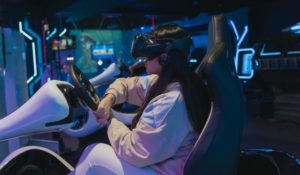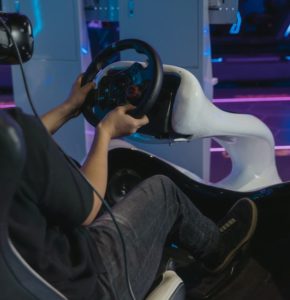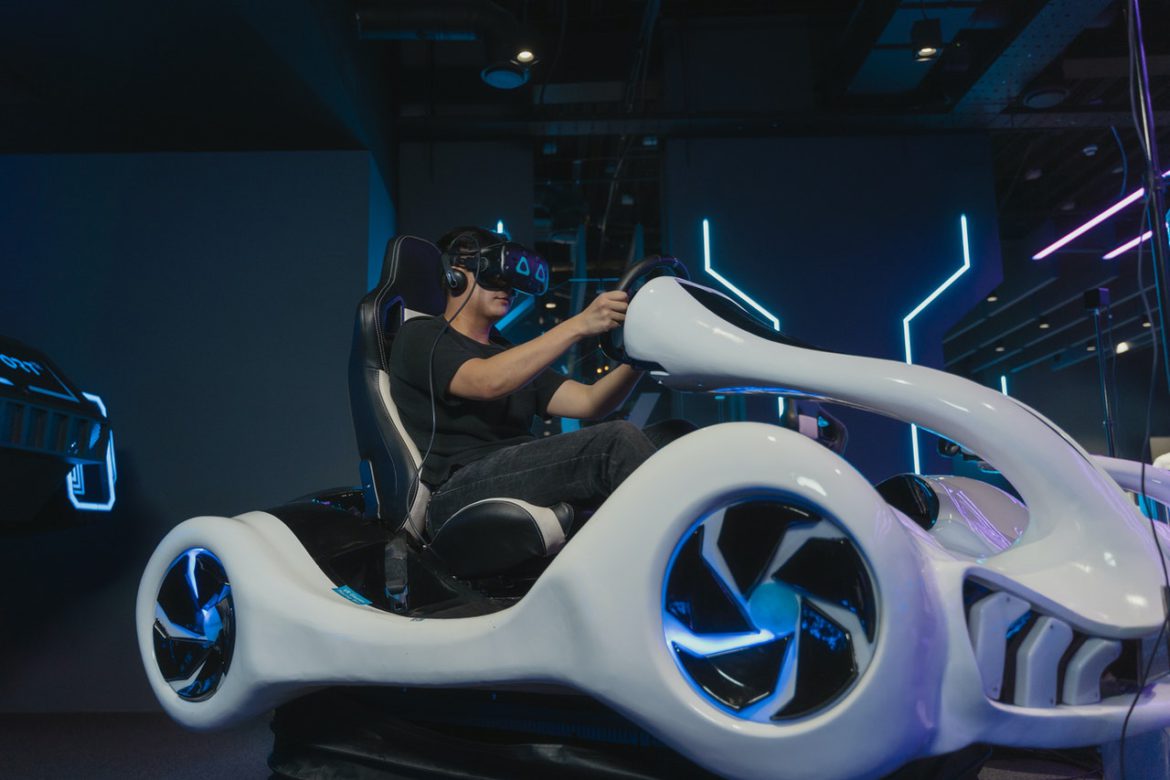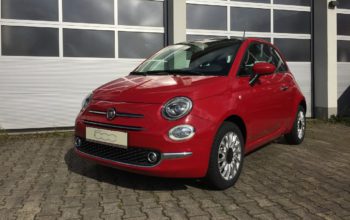Technology keeps advancing and the world adapts to make better use of that technology. Computers and everything connected to computers is some of the fastest-evolving technology out there, and it is used daily to make our lives easier and us more proficient at almost everything.
Virtual reality is one of those technologies, which is slowly being applied everywhere. What about driving schools? Could driving schools use virtual reality to prepare their students for the real thing? Here are a couple of ways VR could be applied to driving schools.
Virtual Reality Car – An Overview of the Interior

Nothing beats sitting behind a wheel. Once you do, you know the thrill, excitement and sometimes boredom of driving. A new driver will often be scared and would not be able to apply their knowledge properly.
Having access to a VR car interior would give students a better idea of what they can expect, prior to even getting into a car with their instructor. Getting familiar with something is one of the easiest ways of overcoming fearing it.
Virtual Reality Driving Classes – Teaching Safety
In order to have a good VR driving class, one would need to have a great driving simulator. Luckily, plenty of those already exist, but depending on the physical equipment a driving school has access to, the VR experience could be more or less realistic.
Staring at a screen while using a keyboard is not really akin to what you would see in a car. Having a wheel and pedals, as well as a gear stick is much more akin to a driving experience. Having the safety of virtual reality is much better than having a screen and keyboard. A familiarity between the driver and the wheel, pedals and gear stick should be built and VR can help build it.
A Driving Setup – Wheel, Chair, Pedals, Gear Stick

More advanced simulators have the entire interior of the car, to an extent, built for the drivers to experience, just like flight simulators. While they would not be using VR, for reasons of safety and nausea, everything else would be like it would be in a car. You could stall the engine if not properly using the clutch and the chair would shake appropriately to give you warning.
A complete setup like this could help drivers learn the basics in the safety of a classroom. Being immediately put out there in the real world where there are so many traffic jams is a scary thought for a new driver. This way, they might get to experience some of that stress, but without the actual stress.
Commercial Drivers – Not Just Passenger Cars
When talking about learning how to drive, most people consider passenger cars. But, there are many other commercial vehicles out there, like semis and buses. Driving those compared to passenger cars is a different experience altogether. This is why simulators should include commercial vehicles. When you take a look outside, there are plenty of buses and trucks around, so one must assume that having those as an available VR course as well as passenger cars will only increase the driving school’s reputation and income.
Preparation Only – One Still Needs to Hit the Road
While VR can and is good for preparing people to do some things, like fly a plane or drive a car, it is also a limitation. It removes the danger altogether, and that is an important aspect of driving.
One still needs to eventually get in a real vehicle and start working their way to learning how to drive. VR could be an important step along the way, one to remove some insecurities and the initial stress of entering a vehicle.




